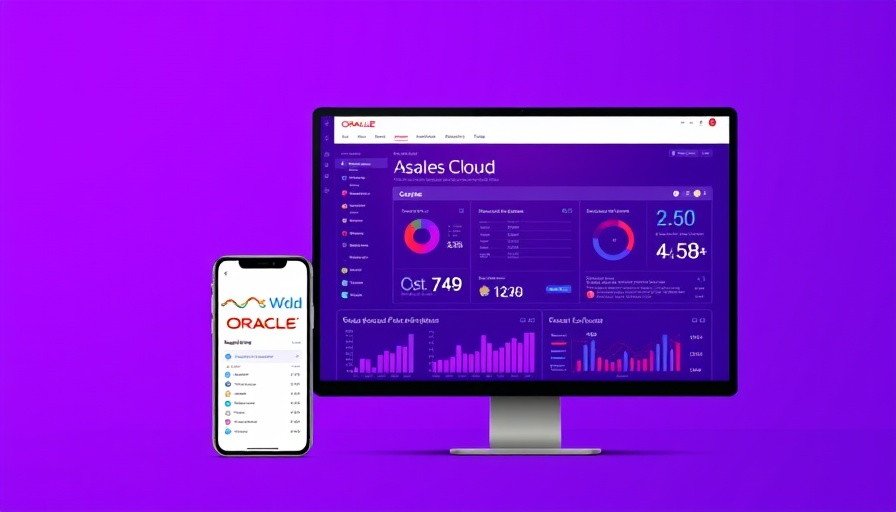
Understanding the Challenges of Modern Sales Teams
In today’s competitive marketplace, sales teams are confronted by a myriad of challenges. Buyers are more informed than ever, which means they expect personalized engagement that caters directly to their needs. With complex sales cycles and higher expectations for communication and service, organizations must adapt their strategies to stay relevant. Unfortunately, many sellers waste precious time on manual CRM tasks instead of engaging meaningfully with their customers, which is vital for driving revenue growth.
Harnessing the Power of Oracle Sales Cloud
Oracle Sales Cloud presents a solution to these pressing challenges by equipping sales teams with advanced tools designed for efficiency and growth. As an enterprise-grade CRM platform, it leverages artificial intelligence (AI) and machine learning to drive smarter, faster decision-making. By unifying customer data, Oracle empowers organizations to streamline sales processes and improve forecasting accuracy. Companies like Siemens Healthineers illustrate the tangible benefits of implementing this platform, showcasing significant productivity enhancements from real-time mobile data access that reduces unnecessary administrative tasks.
Key Features of Oracle Sales Cloud That Transform Sales
Oracle Sales Cloud is packed with features that not only enhance productivity but also drive better sales outcomes:
- Account and Contact Management: Centralizes zákaznické informace, providing reliable data enriched with third-party sources and behavioral analytics.
- AI-Driven Analytics: Delivers intelligent insights and recommendations that ply sellers toward the next best action, ensuring informed decision-making.
- Approval Workflows: Automates approvals for quotes and discounts, which accelerates the sales velocity by reducing bottlenecks.
- Sales Performance Management: Aligns sales compensation and quotas with real-time data from ERP and HR systems, ensuring that performance incentives align with actual outcomes.
- Subscription Management: Facilitates handling recurring revenue models, simplifying processes surrounding renewals and billing.
How to Get Started with Oracle Sales Cloud
Embarking on the journey with Oracle Sales Cloud is seamless. Businesses interested can easily request personalized demos or engage with product tours available on Oracle’s website. Furthermore, Oracle Consulting and a global partner network support implementation, facilitating a smooth transition to this robust system. In addition, Oracle University offers various training and certification programs to accelerate team adoption of the new platform.
The Future of Sales: Predictive Insights and Automation
As organizations increasingly lean on technology, the future of sales will likely see even deeper integration of AI and predictive analytics. This evolution aims to enhance customer engagement, with automation further minimizing the world's time spent on manual tasks. Sales teams will become more agile and capable, engaging with clients in real time based on predictive insights rather than historical data alone.
Driving Growth through Better Insights and Strategies
In leveraging robust platforms like Oracle Sales Cloud, organizations can access critical insights that profoundly influence their growth strategies. These tools not only optimize the sales process but also empower teams to build more meaningful customer relationships. By embracing technological advancements, businesses ensure they remain competitive and poised for future growth.
In conclusion, as we move into a future increasingly driven by technology, understanding how to leverage platforms like Oracle Sales Cloud will be essential for businesses aiming for predictable growth and sustainable success. If you wish to elevate your sales strategy and enhance engagement with your clients, consider exploring the tools and resources available through Oracle today.
 Add Row
Add Row  Add
Add 




Write A Comment